It’s taken me nearly three years, but I have now reviewed one hundred film cameras! Even though the review rules have slipped a couple times (namely review a sheet film camera and a pair of polaroids), so it’s only fair that I distil these one hundred cameras down into a few top five lists! Just note that there’s no particular order for these top five lists and certainly are my own personal opinions! Also of note, I’ve done my best to not double-dip, that means if a camera appears in one list, that means it won’t appear in any other list.
Top Five 35mm Single Lens Reflex Cameras
These are, by far the best 35mm single lens reflex cameras that I’ve reviewed over the course of the first 100 cameras.
Nikon F6
If the Leica is the ultimate word in Rangefinders than the F6 is the ultimate is SLR,. Shooting an F6 is like shooting a digital SLR with all the perks, but the joy of shooting traditional film. But honestly the F6 takes everything good about every Pro SLR from Nikon and combines it in one wicked photography machine.
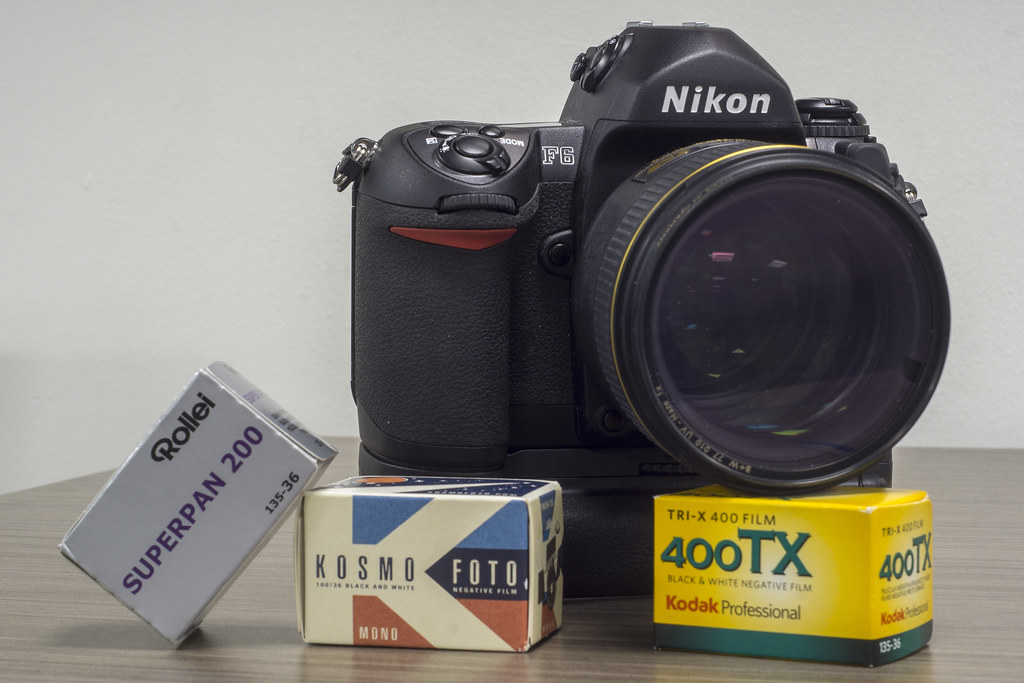
Minolta XE-7
Funny how the XE-7’s cousin appears on a not-so-good list later on in this post, but where Leica complicated things, Minolta made a smooth operator with the XE-7, shame it only got three years of production.
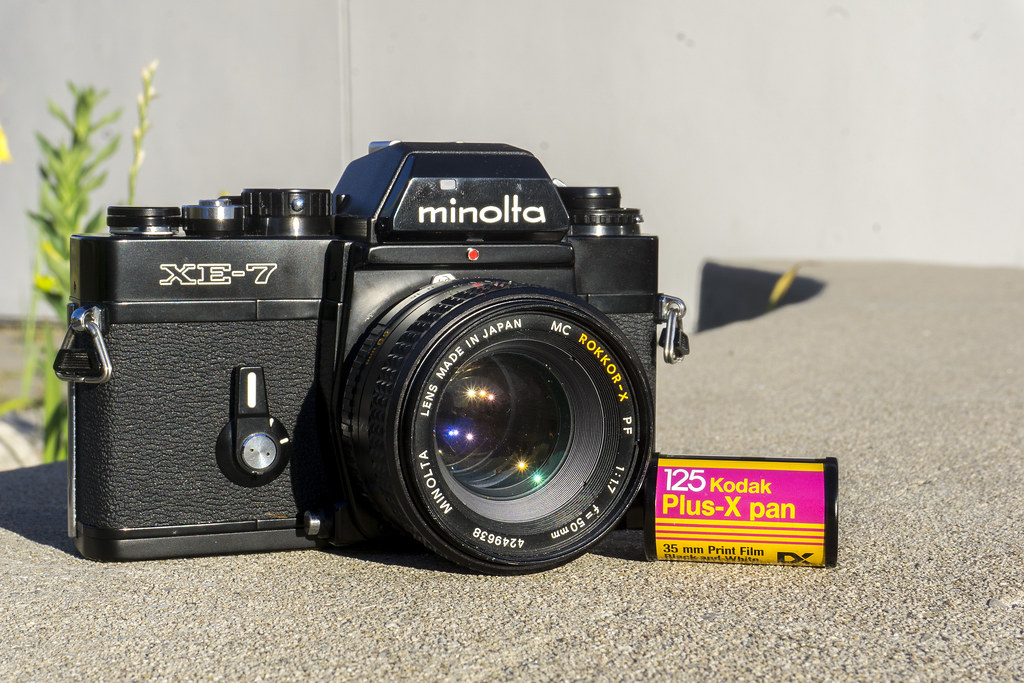
Olympus OM-1
While some would put the K1000 forward as a student camera, I bet to differ and would recommend the OM-1 as the perfect place to start, again an all mechanical camera but has a dedicated on/off switch to save the battery. Not to mention, you can get an OM-1 kit for a lot less than a K1000 these days.

Nikon F90
You don’t have to break the bank to get a solid performer, and the F90 (or N90) also with its sub-models F90x/N90s you can pick up for under 50$ and have an amazing autofocus SLR with a meter that you can find in the professional bodies, without the professional price tag. The F90 is the AF SLR I carry when I don’t want the attention or weight of the F5.

Letiz Leicaflex SL2
If Darth Vader had a camera it would be the black SL2. Before Leica joined forces with Minolta to start the R-Series of SLRs, the SL2 is the peek of their mechanical cameras, while they don’t come cheap, they feel amazing in the hand and produce excellent images.

Top Five Medium Format Single Lens Reflex Cameras
I couldn’t just have a single list for SLR cameras, so I split them up into two, these are the best medium format SLRs I’ve reviewed!
Pentax 67II
It is truly a beast of a camera and probably the best 6×7 camera I’ve shot in SLR format. When Pentax redesigned their 67 cameras, they made the 67II for the photographer not to mention a huge range of amazing optics. Again I only shot a single roll, fearing I’d go out and buy the system.

Mamiya m645
A wedding photographer’s workhorse, and don’t let the detractors say anything the Mamiya m645 is a solid performer, not to mention they can be had for a song these days and that includes the glass, but I’d stick to the N-series. Certainly a worthwhile entry into medium format photography.
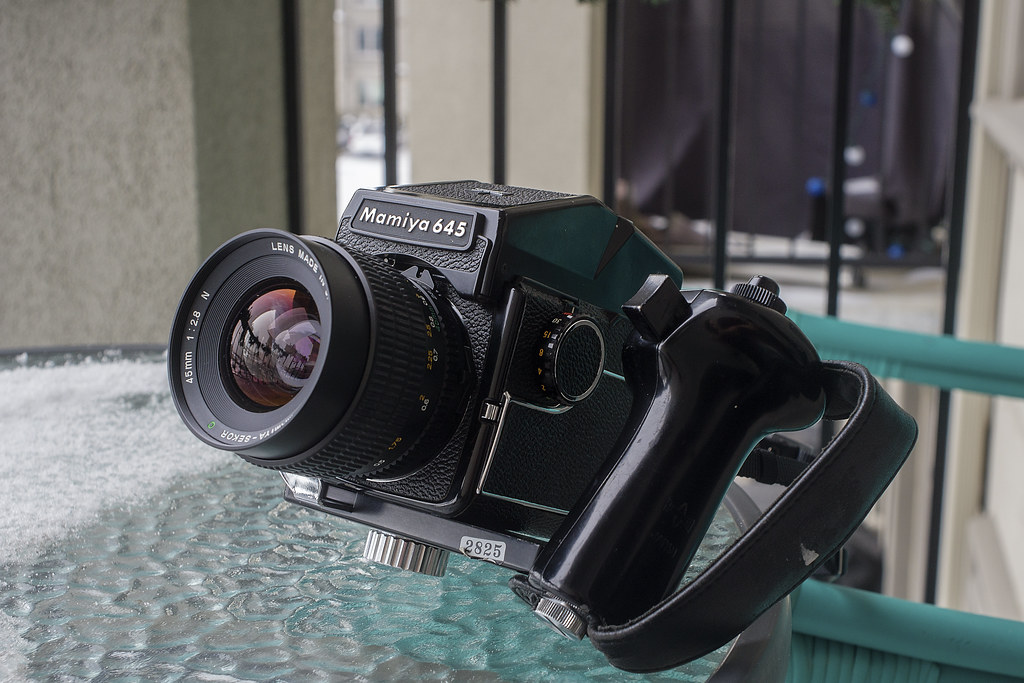
Bronica SQ-Ai
Looking for a 6×6 SLR but don’t want to drop the coin on a Hasselblad, then the Bronica SQ-Ai is certainly a camera for you. While they don’t have a good reputation, if set up right they can give you a good performance. It was a tough choice on this one, but I went with the SQ-Ai due to its age, but the Bronica EC is certainly is a tie with the SQ-Ai.
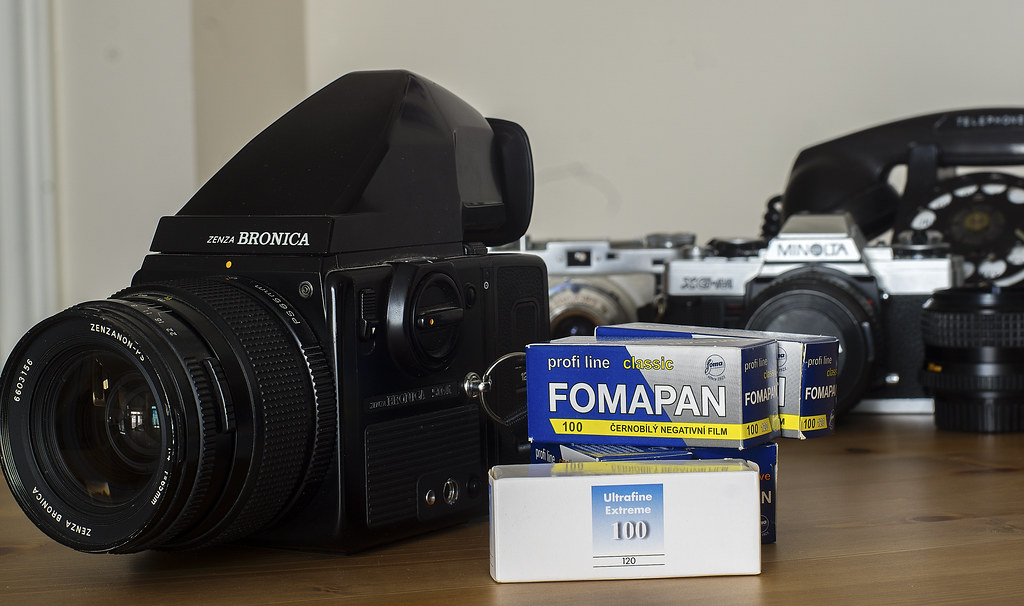
Fuji GX680iii
There are beastly cameras, and then there are beastly cameras. It was a tough choice here as well between the GX680 and the RB67 when it comes to studio cameras that really shouldn’t go out in the field but you bring them anyways, but that beautiful 6×8 negative and smooth operations certainly but the GX680 into a top spot.

Bronica GS-1
Mike is going to love this, I’ve already put two Bronica cameras into a top spot, and this goes to the GS-1, like the Pentax 67II it shoots the beautiful 6×7 format negative and does a decent job of it, while not my choice for a 6×7 shooter, the accessories make it a lot easier to shoot in the field than the RB67.

Top Five Rangefinder Cameras
While my rangefinder game isn’t strong in the reviews, I’ve shot some awesome ones!
Leica M6
If you want the best, you pay for the best, and that would be Leica. And while price certainly is a stopping mark for acquiring such a camera, if you have the cash and want the best. You’ll need to drop the money on an M6.

Contax IIIa
Compared to the contemporary Leicas, the Contax IIIa certainly sat much better with me than the Leica IIIc I also reviewed during the same time as the Contax. Mostly over the ease of loading and a better rangefinder system.
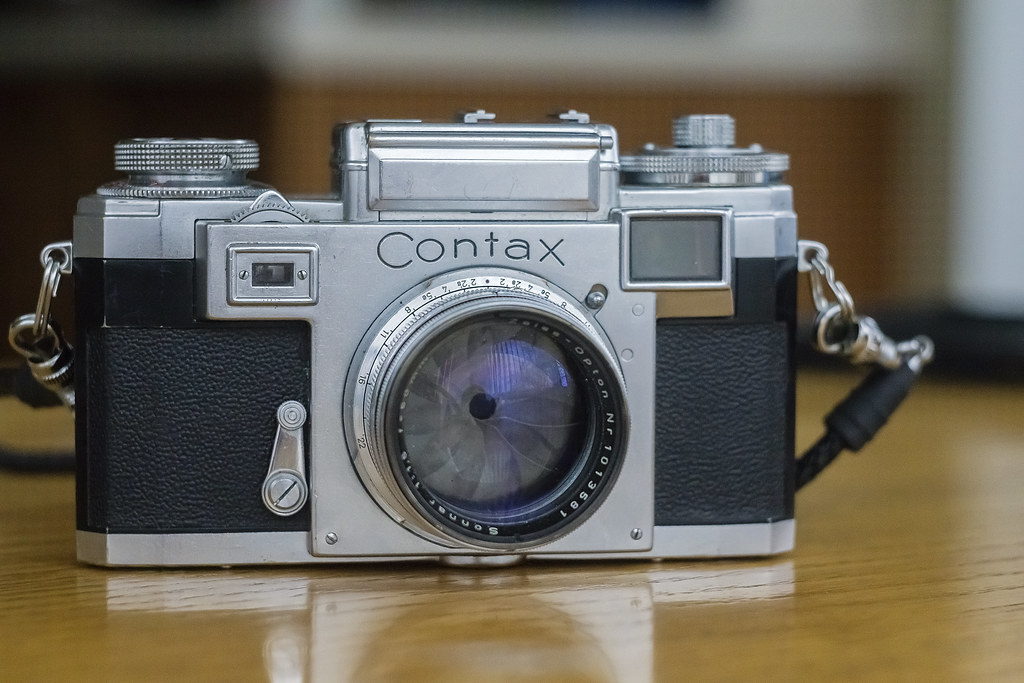
Minolta Hi-Matic 7s
The Hi-Matic 7s is certainly an underdog when it came to the fixed lens rangefinders of the 1960s, but combine a quick EV metering system with full automation and mechanical options. But what sets the Hi-Matic 7s apart is the beautiful Rokkor lens, which I came to continue to enjoy with the Minolta SLR systems.

Fuji GSW690II
It’s the Texas Leica, how can I put up a top-five rangefinder and not include the GSW690II, despite its size and low frame count the GSW fits my style of city shooting perfectly with the ultrawide lens, panoramic format it makes any situation sing.

Voigtlander Bessa R2M
If you’re looking for an M-Mount camera without having to pay the prices for the red-dot, then the Bessa line from Voigtlander is your best bet! Not to mention full open backloading which is another plus. I only shot a single roll through this one, fearing I would go out and drop cash on one and a full lens system.
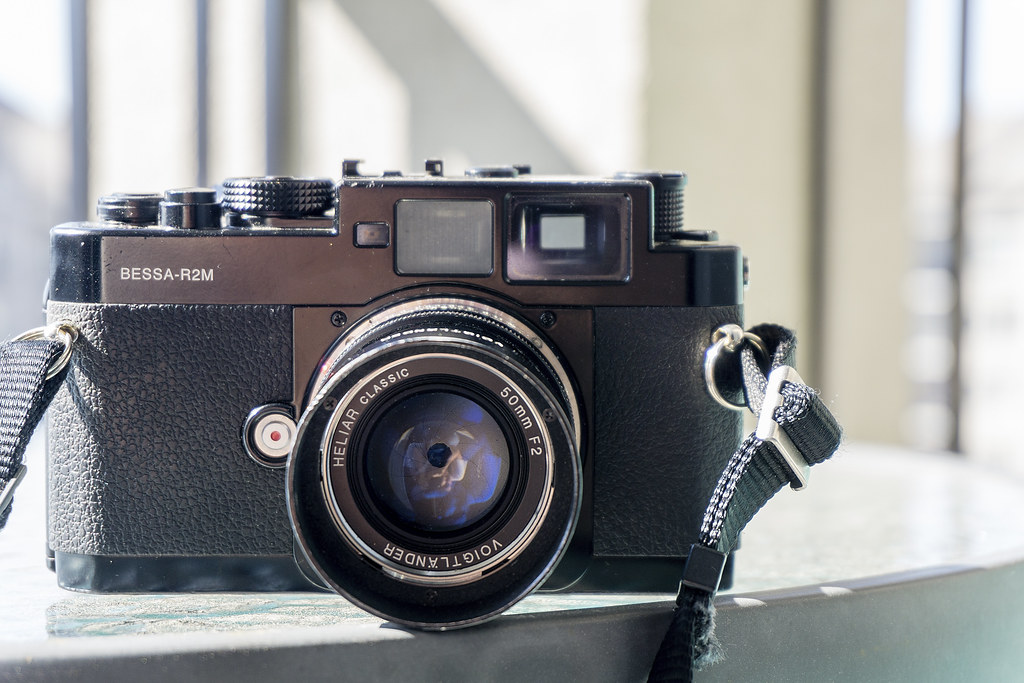
Top Five Point-And-Shoot Cameras
Just because the camera does most of the work for you doesn’t make it a solid operator, in fact, you might find a few sleepers or cult cameras in this list.
Olympus Trip 35
Strangely iconic, the Trip 35, brought solid optics, amazing automation and simplicity of use into a package that could fit in a pocket or small bag. It made taking pictures on a trip simple. And the Trip 35 introduced me to the world of cult cameras.

Olympus Stylus Epic
Another cult camera from Olympus, the Stylus Epic was the continuation of amazing optics in a compact package started with the Trip 35. And at an even smaller size, you don’t even need a camera bag to bring the Epic along, you may even forget you have it with you!
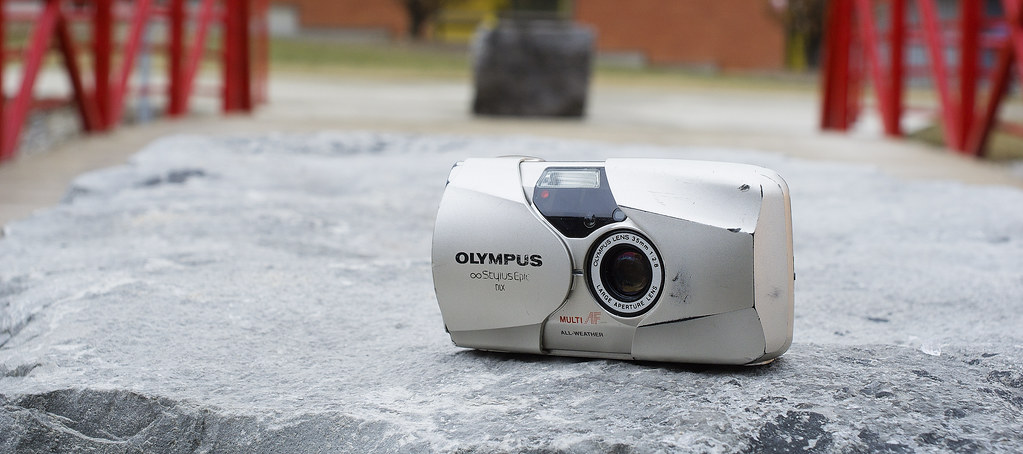
Holga 120N
You got it, this is a toy camera but it’s still a simple point-and-shoot, probably one of my favourite cameras to work with if I don’t want to go in with anything overly complex and it also gives a magical look to any of your images.
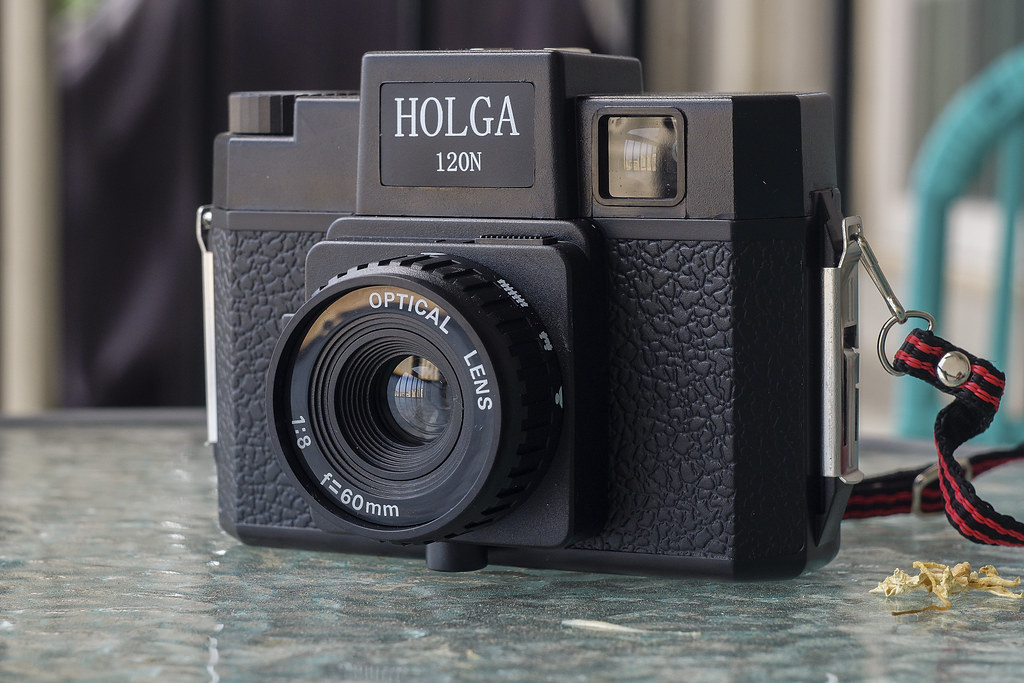
Agfa Isoly Junior
If you want something along the same lines as a Diana or a Holga with something a little more upper crust than the Isoly Junior is your camera. You get that same toy camera look in a camera that was not designed to be a toy in the first place, it just looks that way.
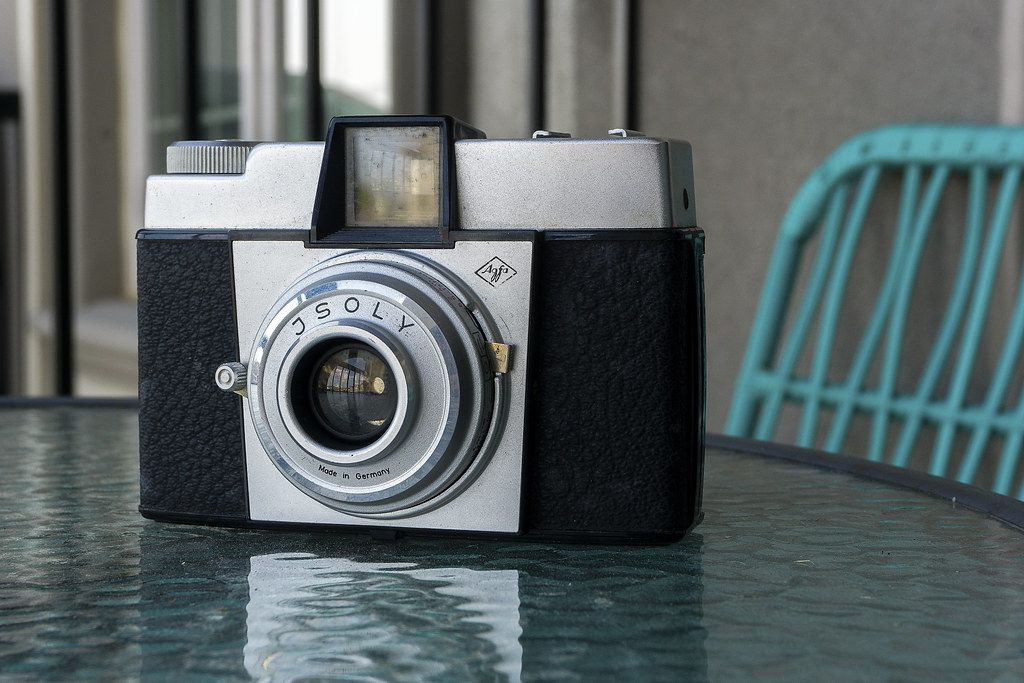
Minolta Minoltina P
Like the Trip 35, the Minoltina took things to a whole other level with the Minoltina P, a slimmer design, stunning Rokkor optics, the P was Minolta’s answer to the Trip 35, the sad part is the camera never gained the same recognition as the Trip.
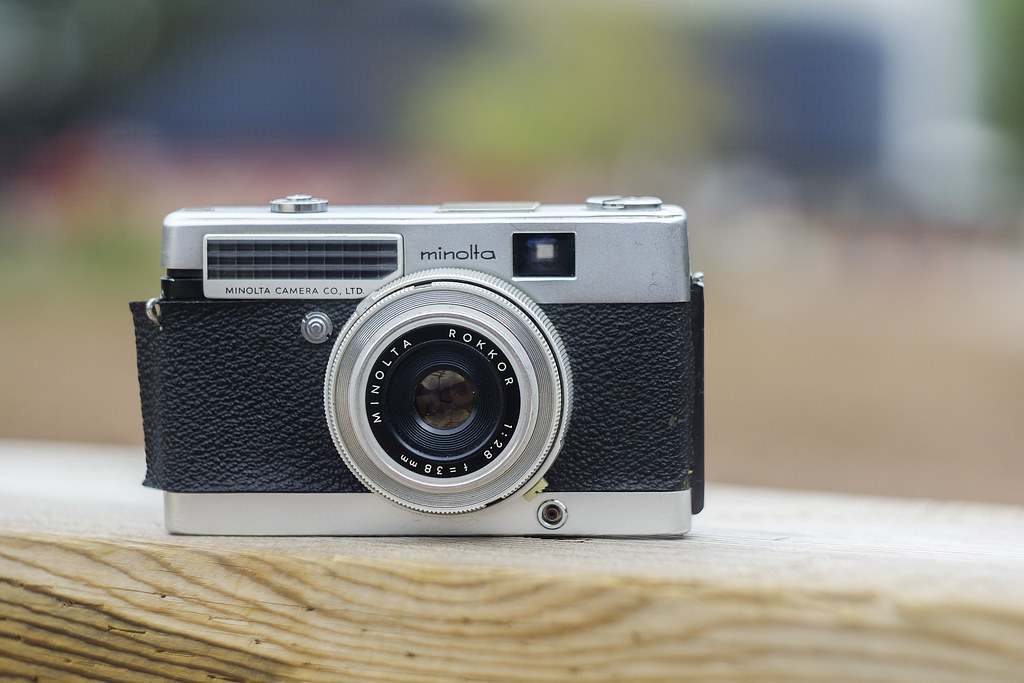
Top Five K-Car Cameras
Just because it gets the job done without any flare, doesn’t make the camera less awesome. These are the K-Car cameras, ones that don’t look exciting, but they get the job done and well.
Minolta Maxxum 7000
While a historically significant camera there’s nothing really flashy about the Maxxum 7000, at least now, when it was first released this camera that looks more like a 1980s VCR would have been a major shift. And while today it’s nothing special it’s still a fun little camera to bomb around in, think of it more like a Chrysler LeBaron.

Pentax K1000
Before you give hate, I’m not saying there’s anything bad about the K1000, it is just that there’s nothing overly exciting about shooting a K1000, if you need a basic, no-nonsense barebones mechanical camera than the K1000 is your camera.
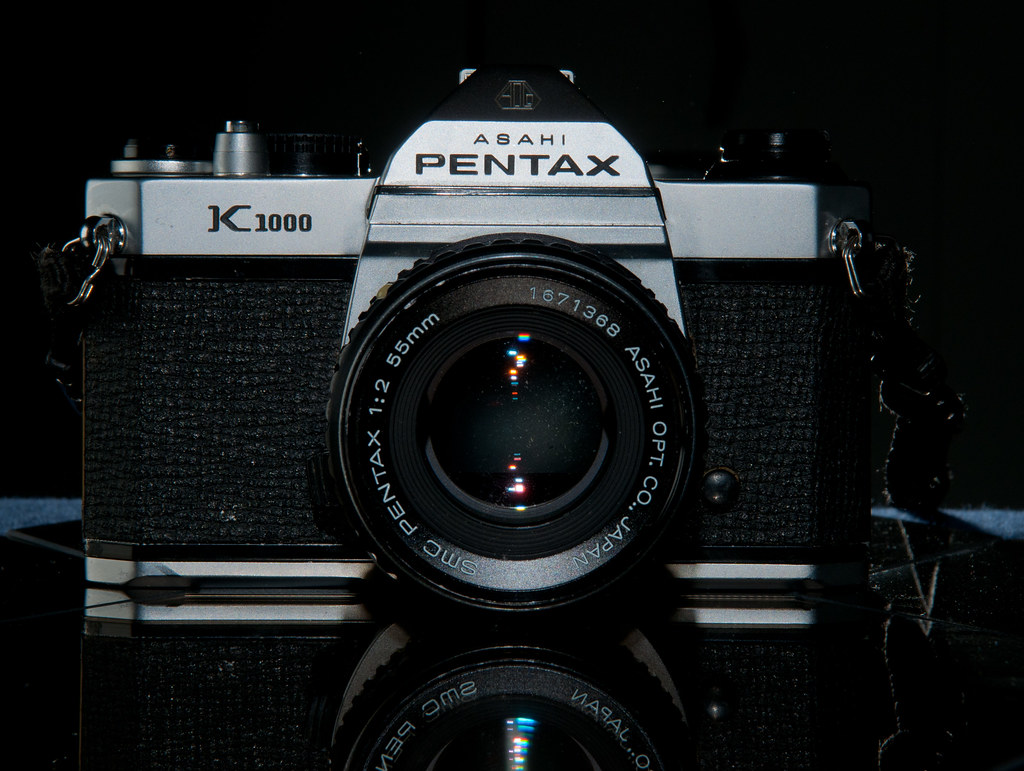
Canon EOS A2
If you’re looking for a cheap way to get in 35mm photography and have some nice primes or zoom EF lenses (not EF-S) than the EOS A2 is a great entry level camera that will get the job done and to see if you like the format before going up to something better like an Elan 7ne!

Nikon Nikkormat FT3
The Nikkormats were designed to be the simple camera, big, heavy, match-needle and totally mechanical. It’s a bigger version of an FM (the FM is based on the FT3) and can use all your Ai and AI-S Lenses even the ones without the claw!
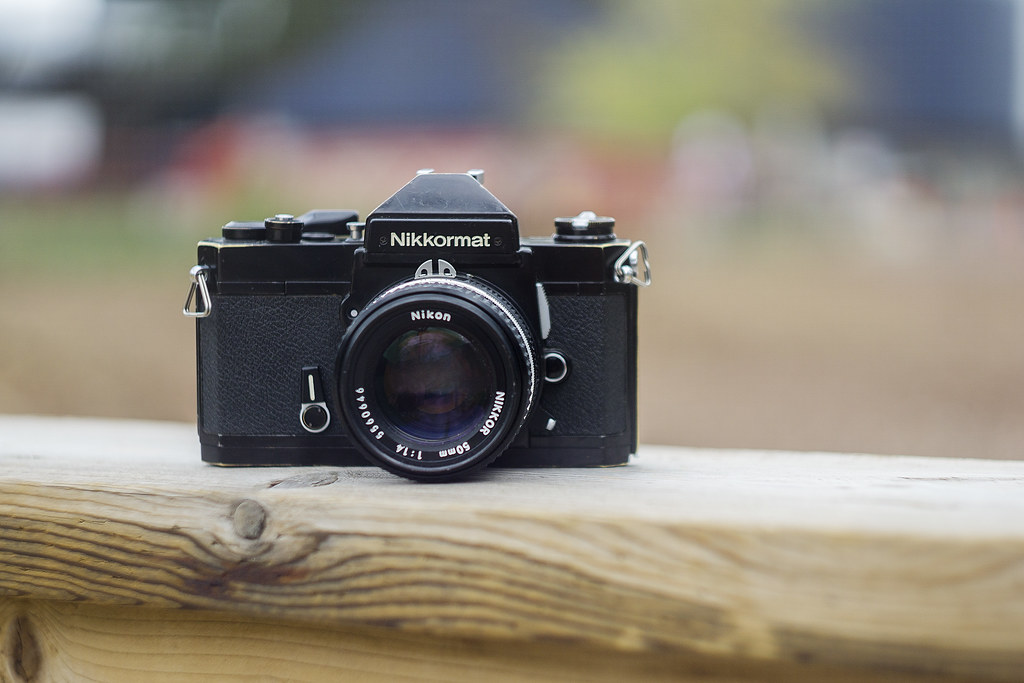
Yashica 108 MultiProgram
I wasn’t sure where I would put this camera, either under K-Car or Worst, it ended up in K-Car because there’s nothing wrong with the camera, the C/Y mount give you access to some amazing lenses. The only problem I had with this camera was that I used a cheap lens.
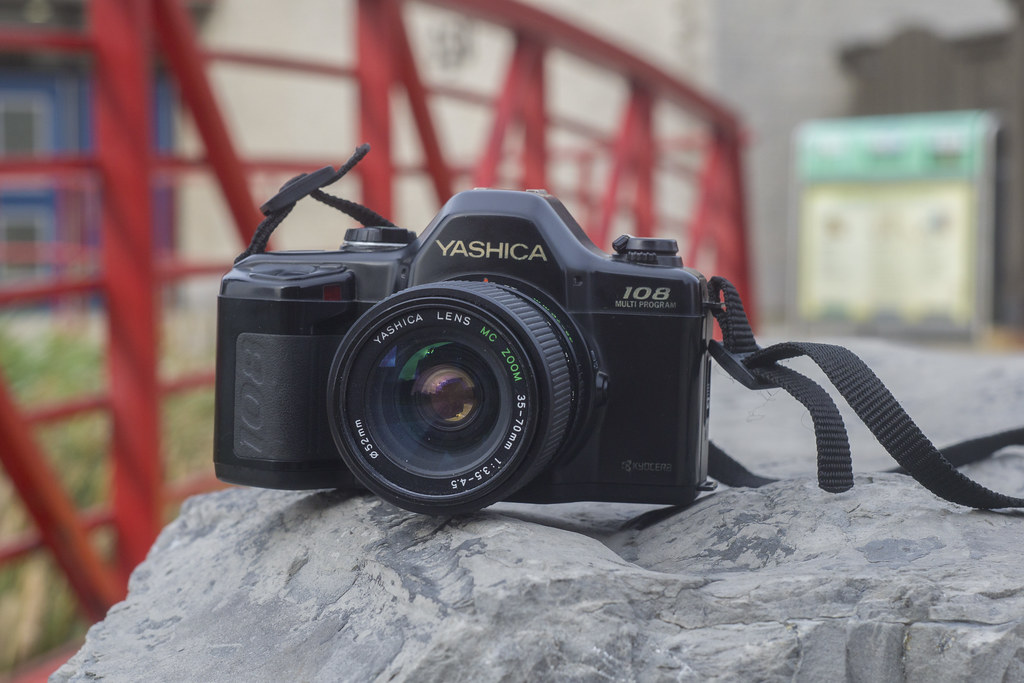
Top Five Cameras
Of course, it had to come to this list, these are, by far, the cream of the crop, my favourites of all the cameras I’ve reviewed.
Nikon F2
The F2 has to make the top five list, a stunning upgrade to the original F, the Nikon F2 will easily outlast any other camera on the market today and still take amazing shots well after any metering head it has kicks it. Plus you can use the camera as a personal defence weapon if needed.

Hasselblad 500c
These days the earlier 500c model Hasselblad can be had for a fair price (under 1000$ with a lens, magazine, and WLF), and while I’ve had to put mine on the shelf until I can get a full CLA done on the body and both lenses, it’s an amazing camera!
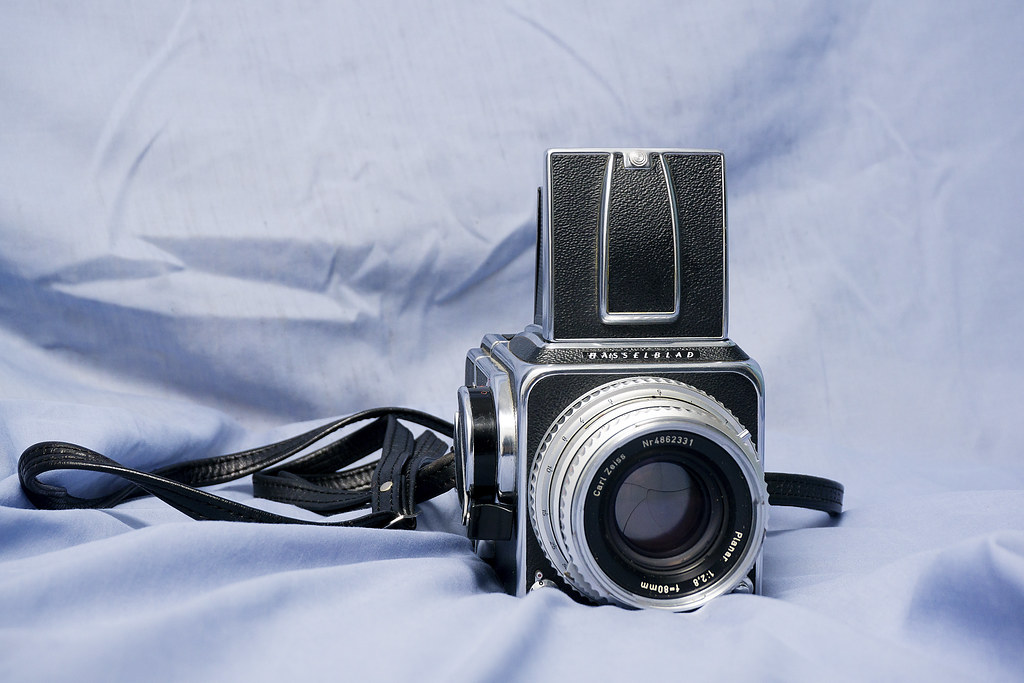
Nikon F5
If you know me, you know that the F5, like the F2 would land in the top five spot for these lists. The camera I had wanted since I first started shooting Nikon SLRs, and the one that comes out with me the most. And today they can be hand in decent shape for under 500$ so if you want the iconic modern professional camera, now is the time.
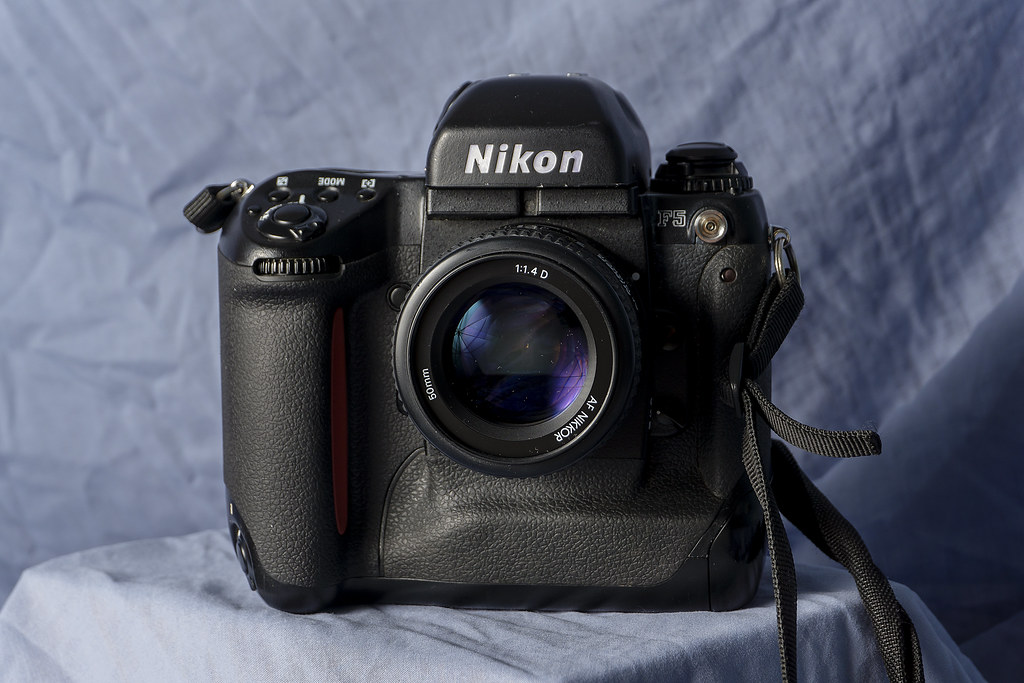
Canon FTb
I had to include the FTb for the simple reason it’s a camera that reminds me so much of my first camera, the Minolta SR-T 102, but with the FTb you get an even larger range of amazing lenses that can be had for an inexpensive price and a camera that like the F2 gives you a weapon, just in case.
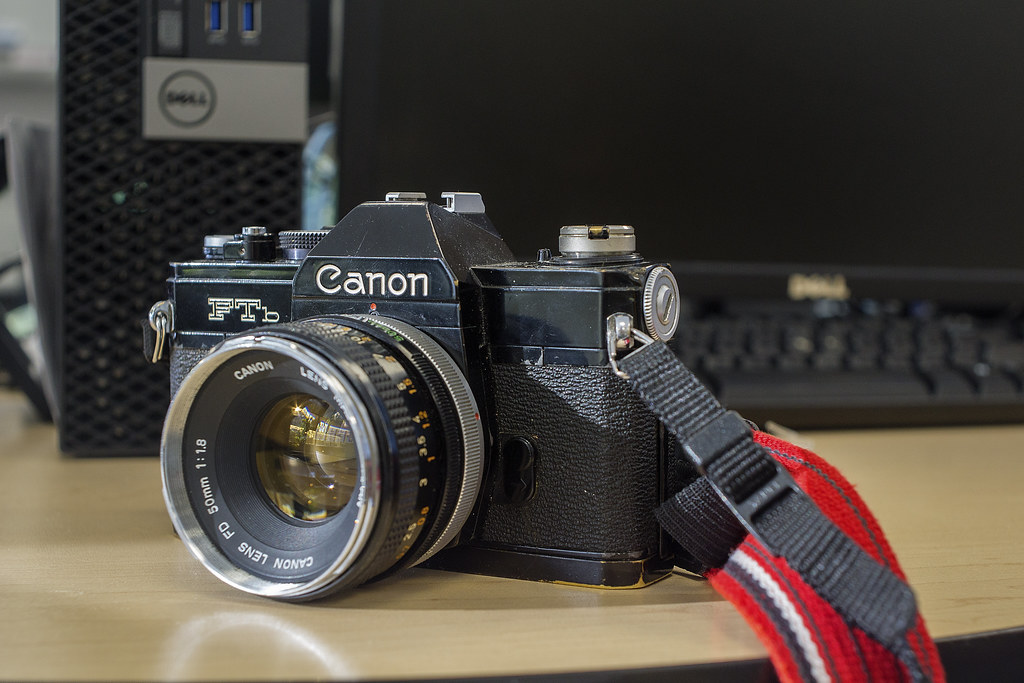
Contax G2
Rangefinder or point-and-shoot, who cares! The Contax G2 gives you a fantastic autofocus camera in a rangefinder style of body, not to mention those Zeiss lenses pack a punch. For me it’s a great camera to bring when space is limited and performance is needed.
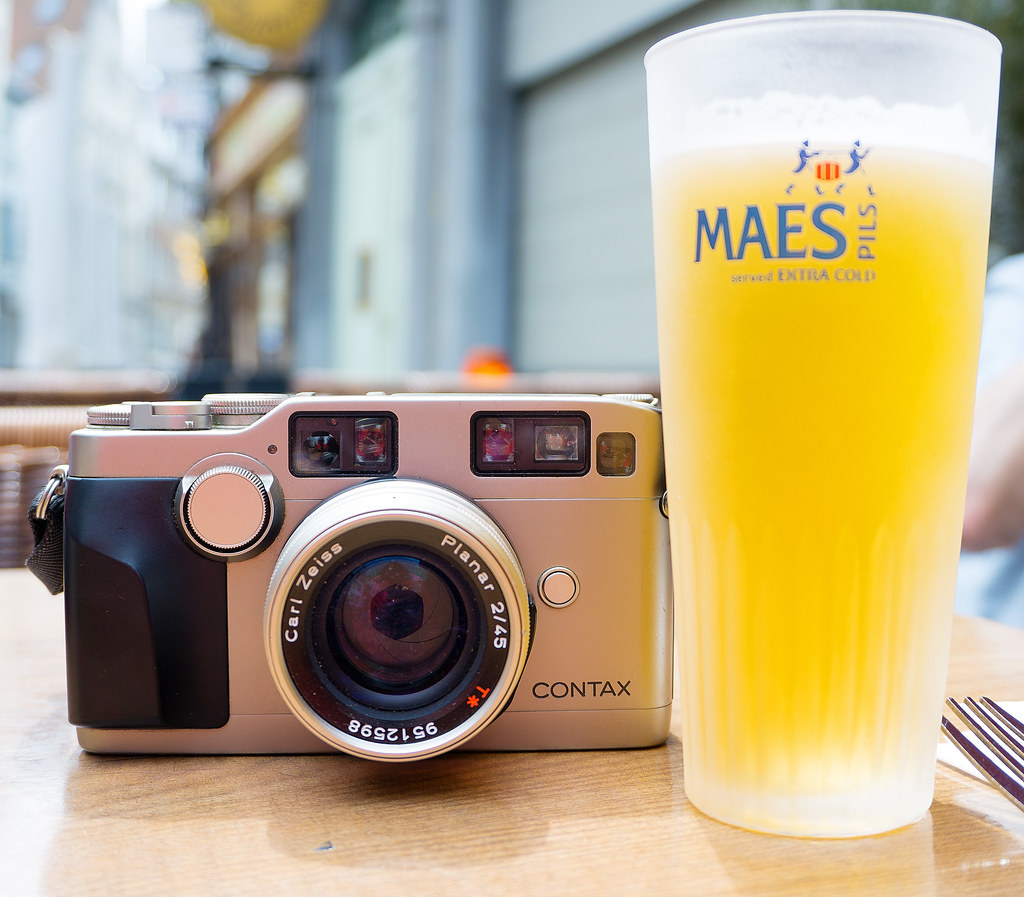
Five Worst Cameras
You can’t have the best without the worst, these are the top worst cameras I reviewed over the course of the first 100.
Leitz Leicaflex R3
Okay so it’s not exactly the worst camera I’ve reviewed and the R3 isn’t a *bad* camera it’s just that you need to get expensive lenses for it, the three-cam lenses are still used on modern Leica SLRs and command a premium price. It’s that reason the R3 ends up on the worst list.
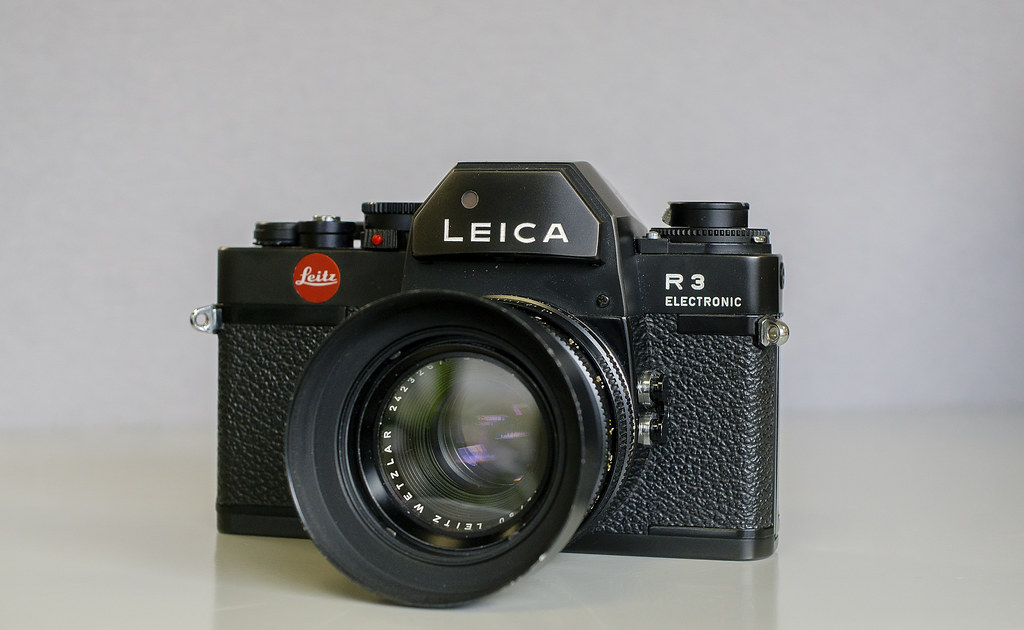
Minolta Maxxum 5000
If you’ve been following along, then the inclusion of the 5000 here won’t surprise you. Trust me, if the 5000 has the 35-70 f/4 lens or any other prime from the A-Mount, keep the lens, ditch the body and spend the money and get a 7000 or 9000 if you want a camera of the era.

Zenit 122K
It could be that the copy of the 122K that I had is a bad one and no surprise there with the Q&A in the Russian factories. The only thing the camera has going for it is that it has a K-Mount. But other than that, the camera is a flop.
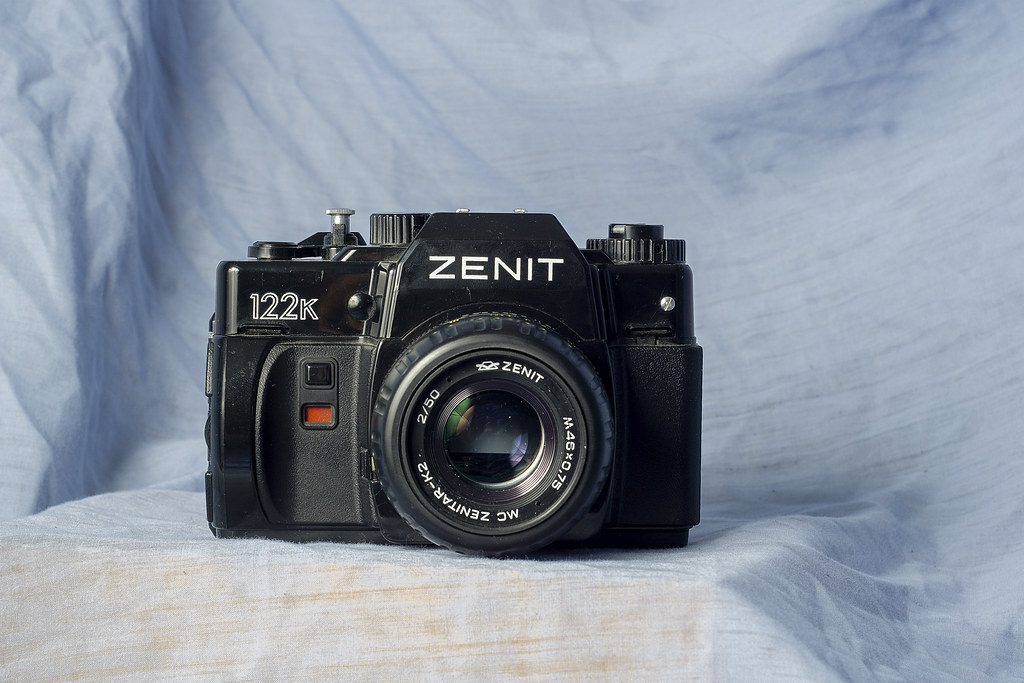
Yashica FR-1
You know a camera is bad when you completely block it from your mind! And the FR-1 certainly is one of those, there’s just so many usability issues that the FR-1 is worth little more than being a lens cap for a Zeiss C/Y lens that may come with it.
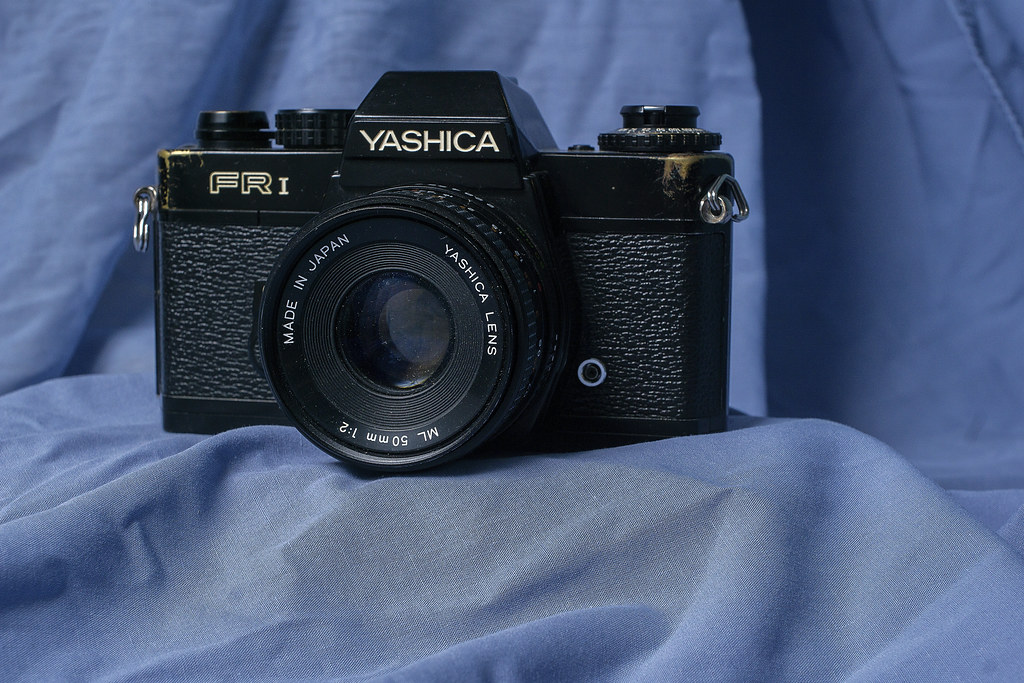
Mamyia Universal
Now, there’s nothing totally wrong with the Universal, the optics are top notch, but it’s what it was trying to do. You see, the Universal is a press camera trying to put a roll film into the role rather than sheet film. The trouble is that rather than taking on all the good items that you can do with a roll film rangefinder, it takes too much from the sheet film cameras making the camera totally frustrating to operate.
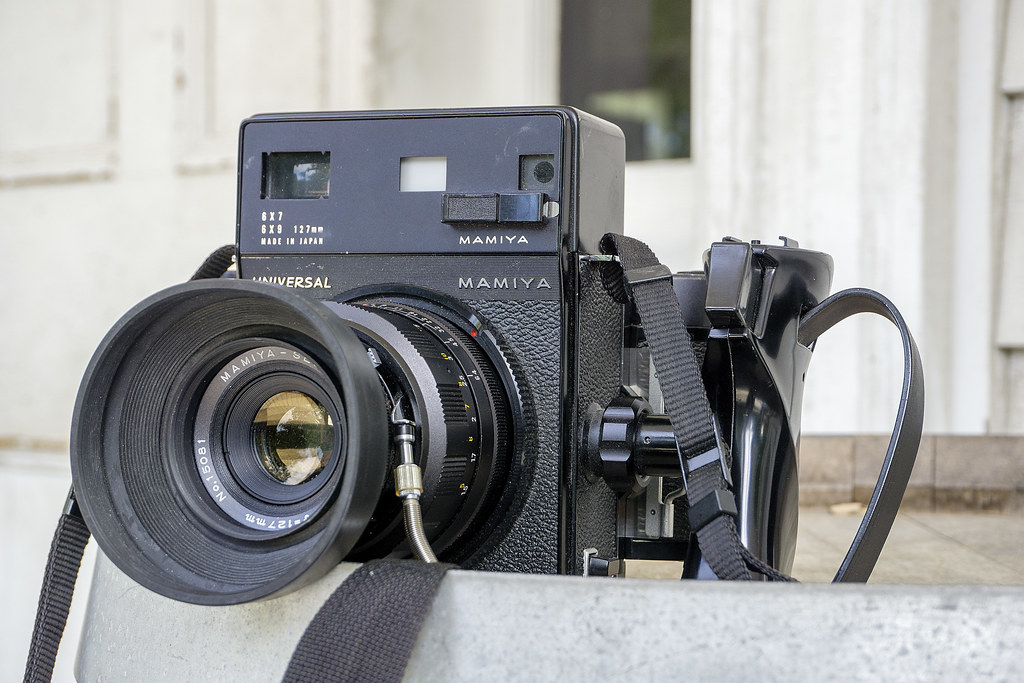
And that’s it, my general overview of some of the gems and rocks that I’ve reviewed over the first 100 cameras. Don’t worry, these reviews will continue, but at a lesser than the first 100. So stay tuned for number 101 coming in January 2019!